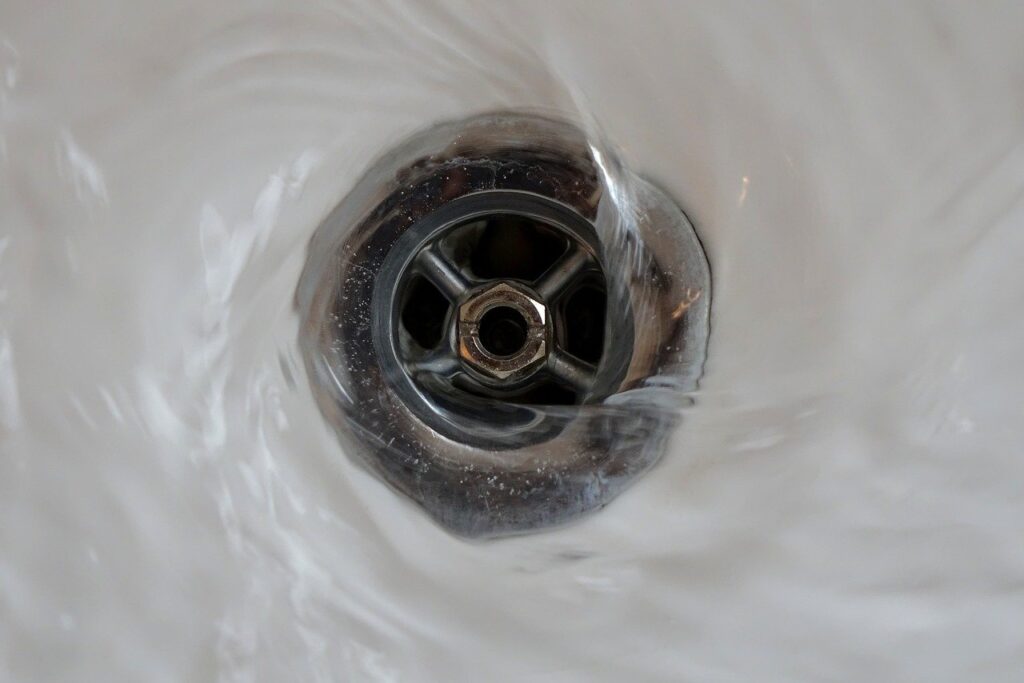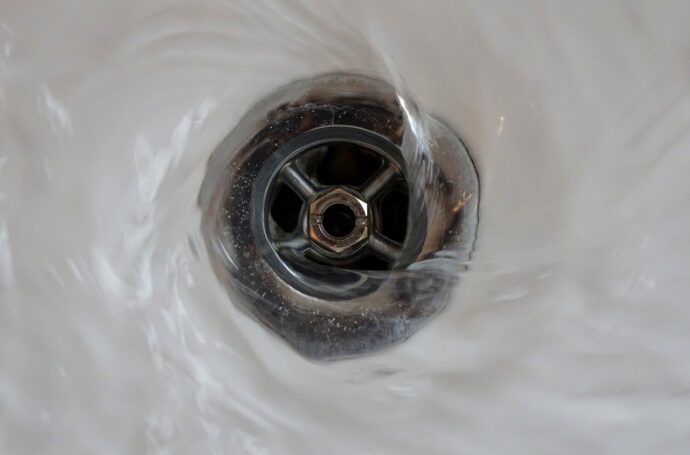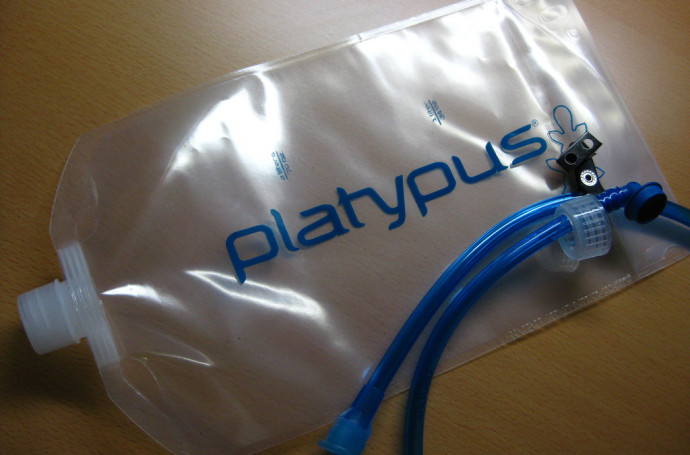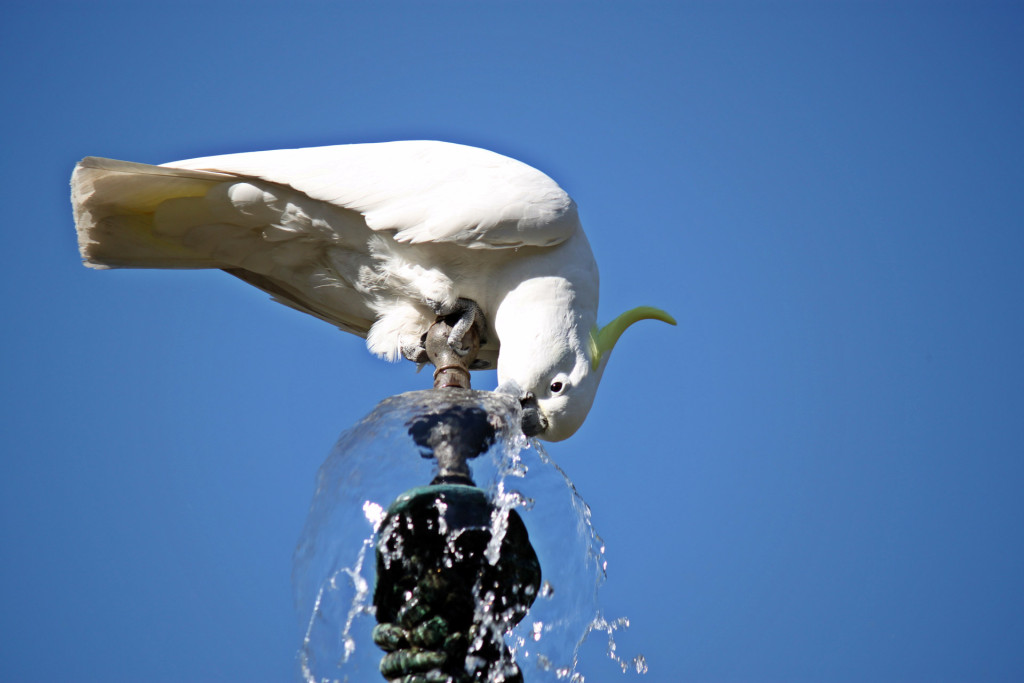 Correctly dealing with a variety of types of water run-off is essential if you operate an industrial or manufacturing facility while you should also be aware that the drains in your property play an important role in taking different types of waste water away from the property. Furthermore, many industrial businesses require drain covers to be installed for a variety of different reasons, especially preventing accidents and injuries from occurring as well as diverting waste, flood or rain water away from a particular property. If you need to discharge considerable amounts of waste water on a regular basis, you should be aware to make sure your drain covers are in working order at all times. However, if you require replacements for drain grate covers then you should be aware that a specialist supplier in Australia can provide you with exactly what you are looking for.
Correctly dealing with a variety of types of water run-off is essential if you operate an industrial or manufacturing facility while you should also be aware that the drains in your property play an important role in taking different types of waste water away from the property. Furthermore, many industrial businesses require drain covers to be installed for a variety of different reasons, especially preventing accidents and injuries from occurring as well as diverting waste, flood or rain water away from a particular property. If you need to discharge considerable amounts of waste water on a regular basis, you should be aware to make sure your drain covers are in working order at all times. However, if you require replacements for drain grate covers then you should be aware that a specialist supplier in Australia can provide you with exactly what you are looking for.
1. Ensure your drains are clean at all times
One of the reasons that you must cover your drains whenever you are releasing wastewater is so that you can ensure the drains do not get blocked or polluted. Indeed, drain grate covers can prevent organic material from getting into the drainage system, which could potentially stop water from draining away from a facility. As a consequence, if you want to make sure your building is as safe as possible, as well as ensure any waste water run-off is taken away from the property, you must think about installing drain grate covers from a specialist supplier as soon as possible.
2. Prevent contamination
Another important reason to cover your drains with a drain grate cover is that you can potentially protect the environment, as well as stop environmental contamination from occurring. If you want to prevent chemicals or hazardous materials from getting into the drainage system, then you must be aware to cover the drains in your property with a specialist type of cover. If you want more information about the various drain grate covers that are available on the market, then you must think about talking to a specialist company in Australia while you should also check your facility for water leaks to avoid drainage issues.
3. Protect drinking water supplies
Lastly, it is essential to be aware that drain grate covers can provide you with a cost-effective and easy to use solution while you can also protect drinking water supplies in a particular area. In addition, if you are experiencing a chemical or rainwater run-off, then you can stop pollution from entering the water supply as a result of covering the drains on your property. This is especially pertinent if you have to carry out a procedure in which you may have to discharge chemicals or rainwater into the environment. Storm drain covers can also help your business to maintain legal compliance with the relevant environmental legislation that is in operation in your local area.
- Ensure uncontaminated water enters the drains
- Prevent contamination of the local environment
- Protect local drinking water supplies
To conclude, if you operate an industrial, manufacturing or commercial facility, then you may need to release contaminated water into the environment while if you want to prevent serious contamination of the water supplies, you must think about purchasing drain grate covers for your facility.


